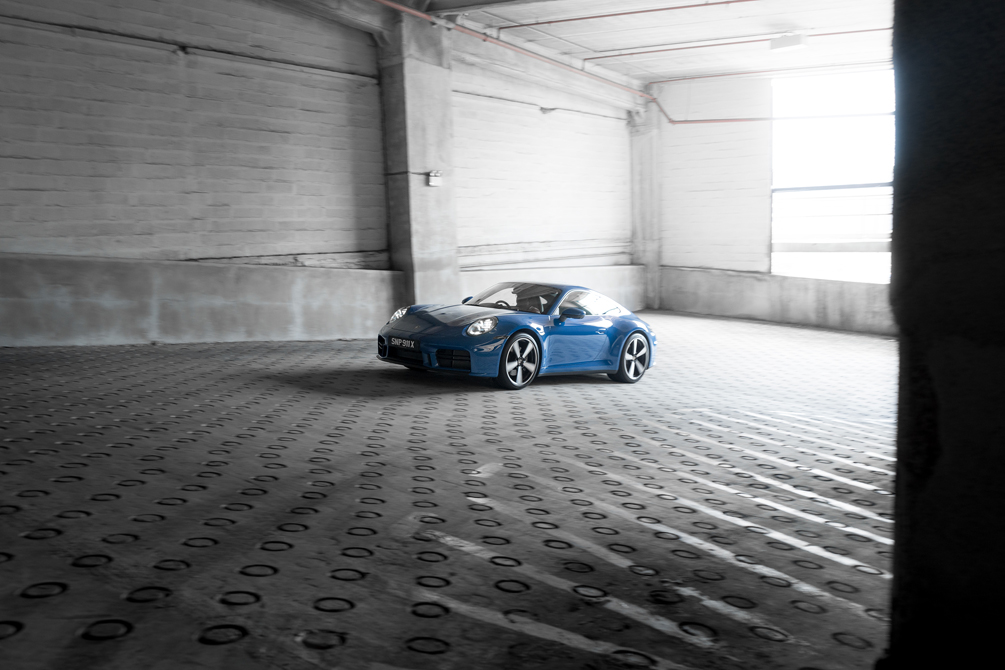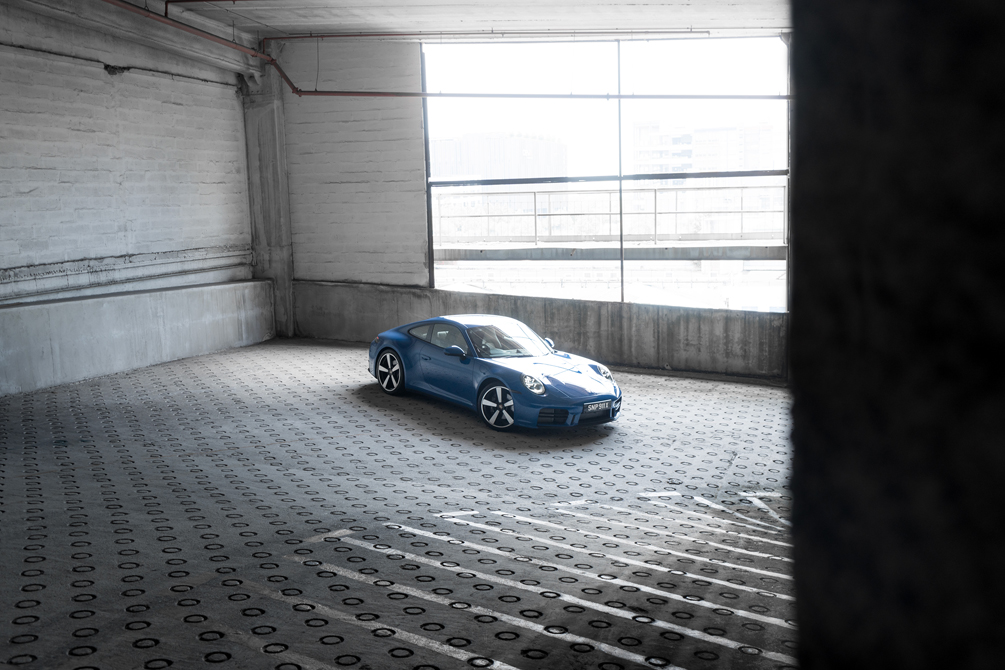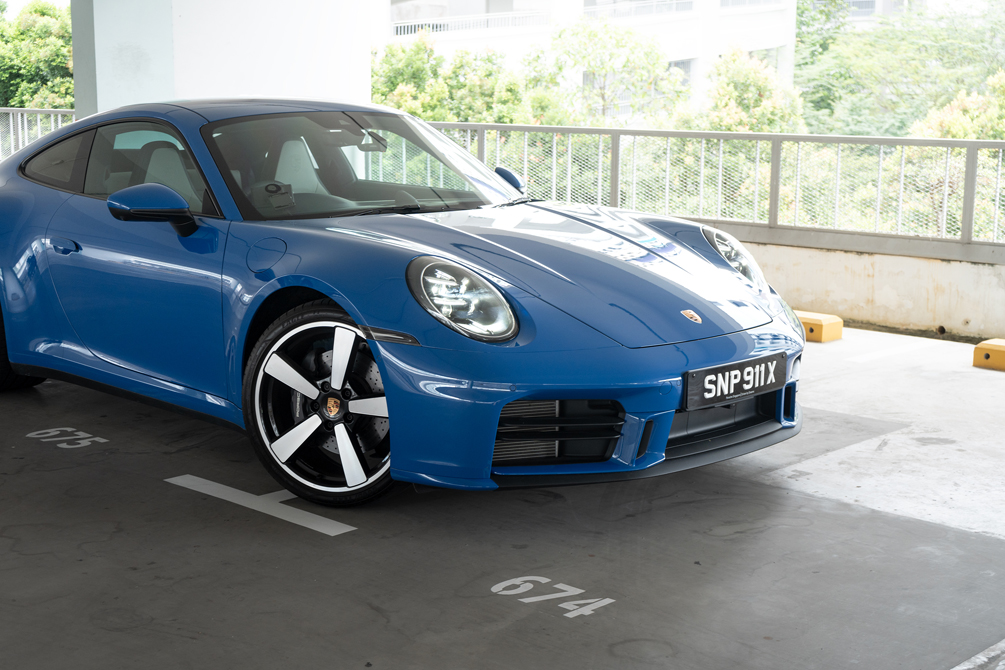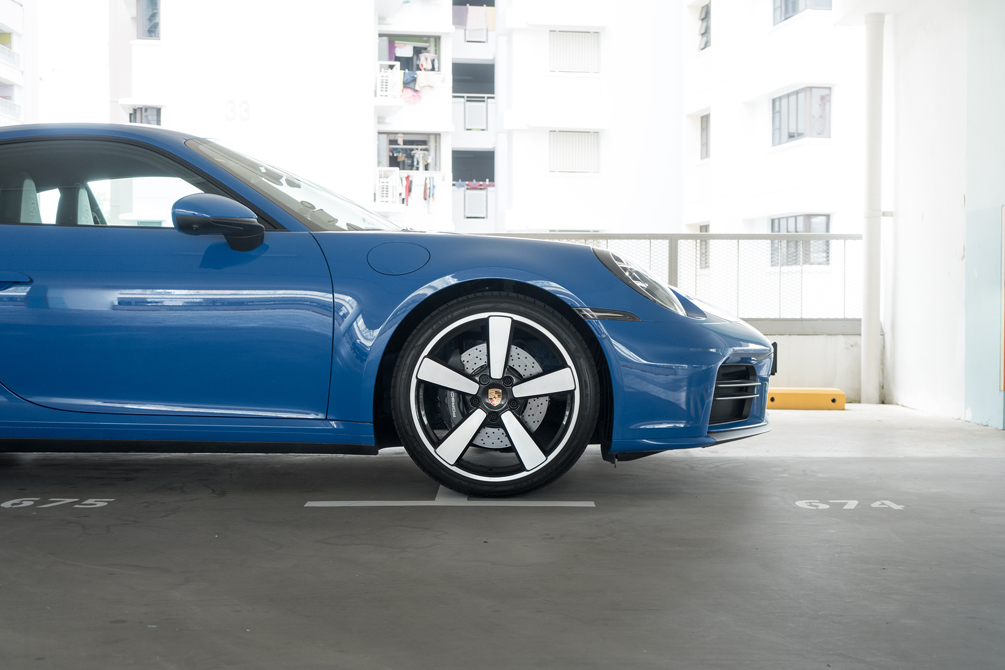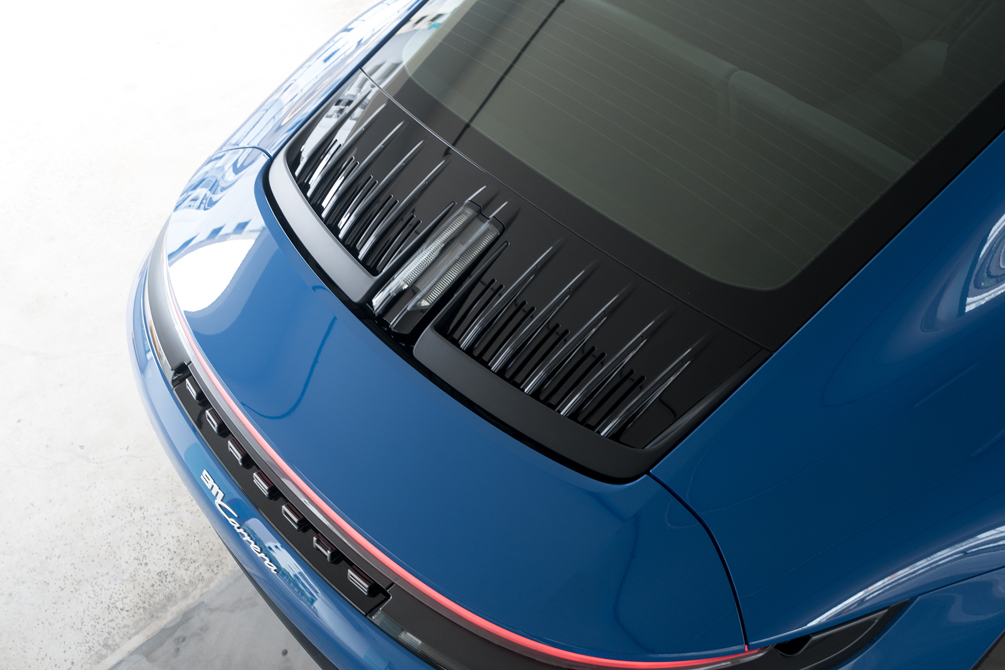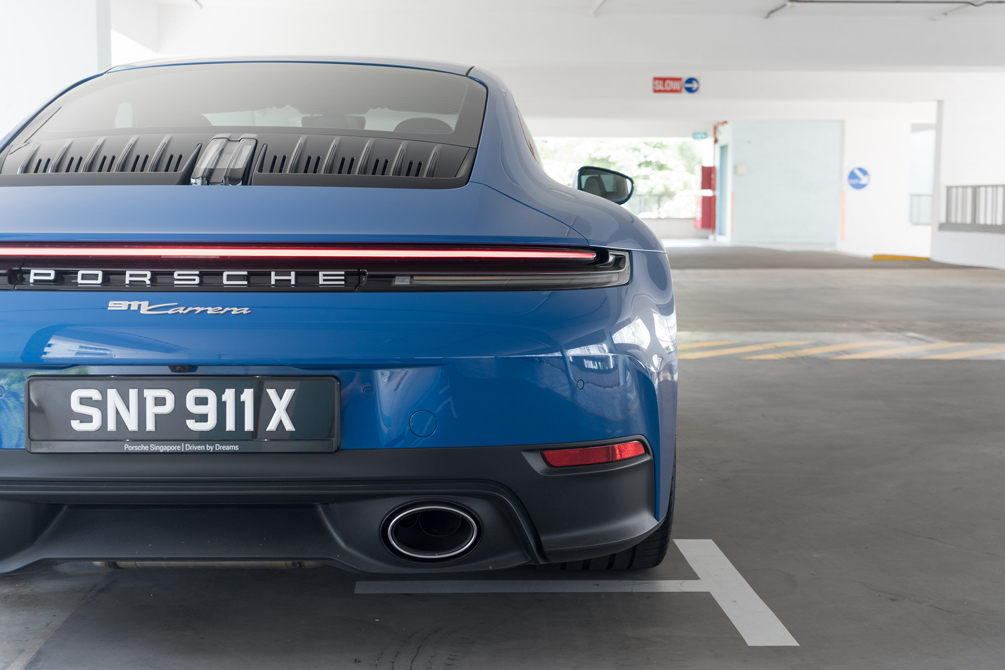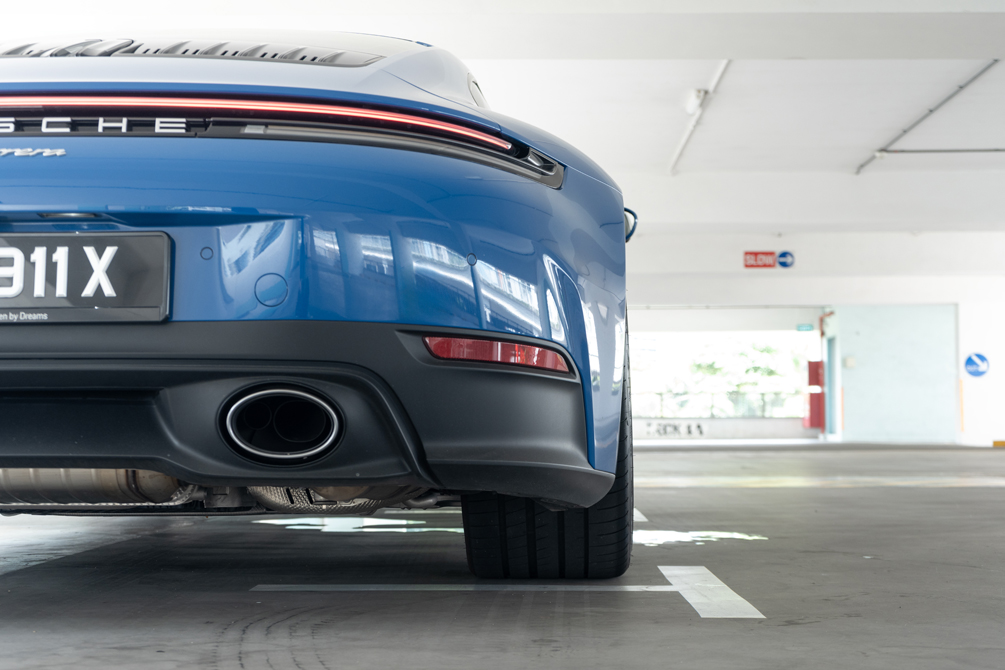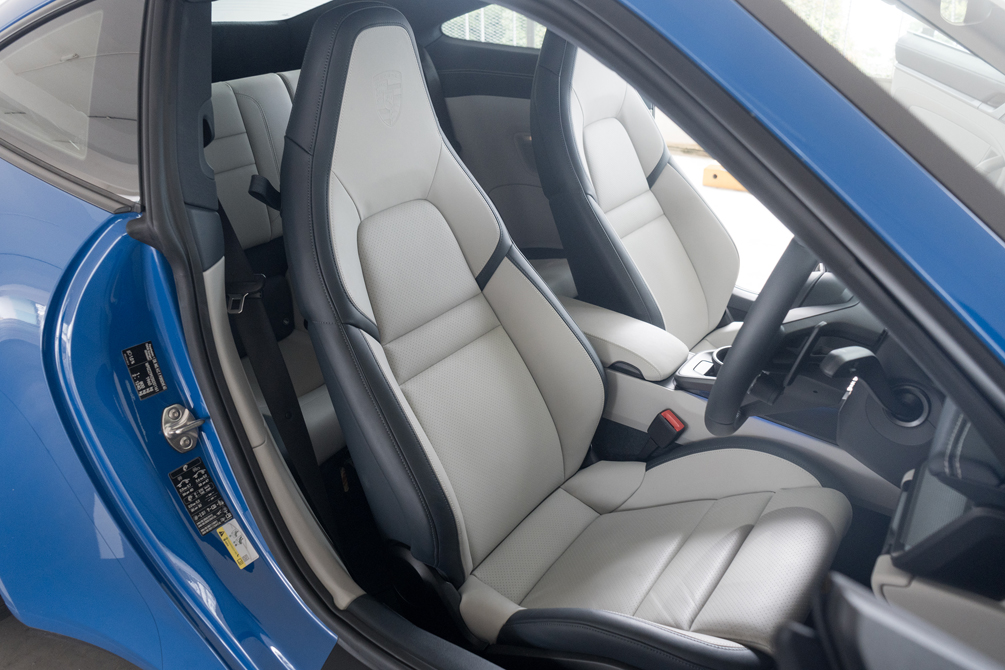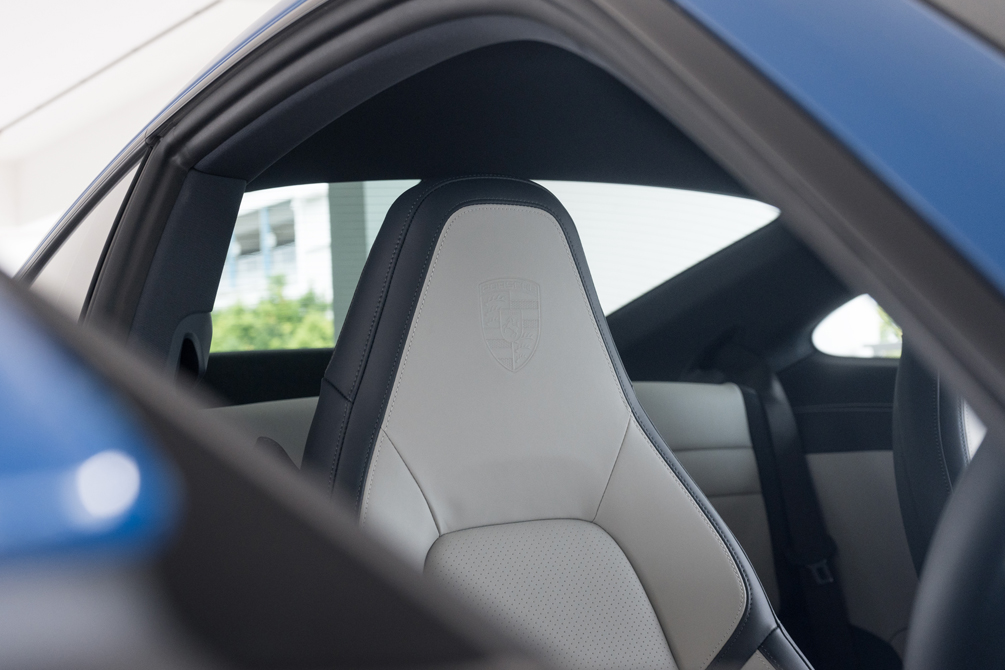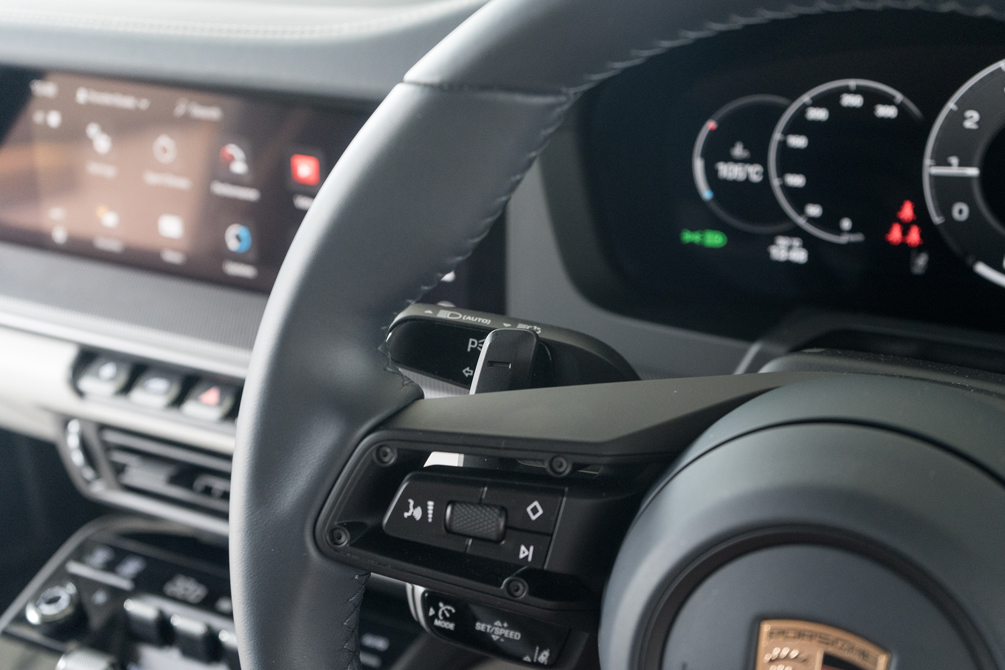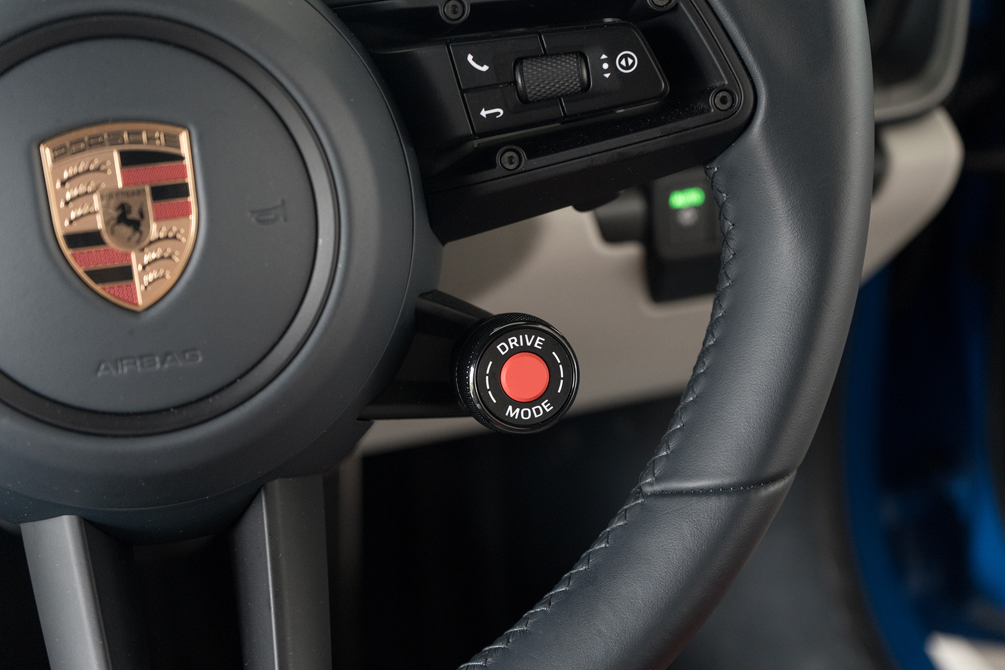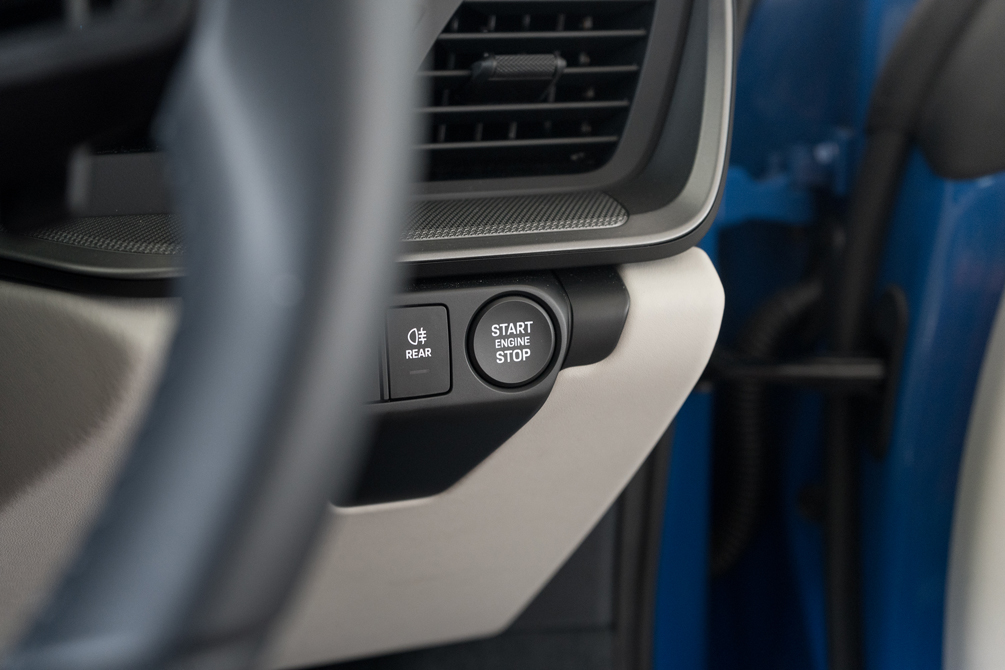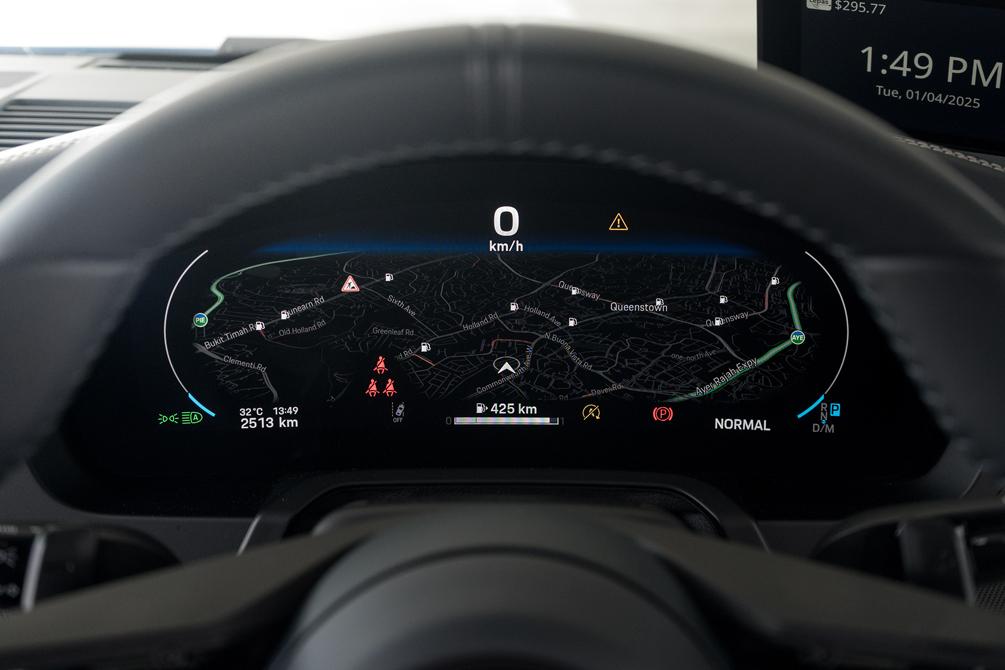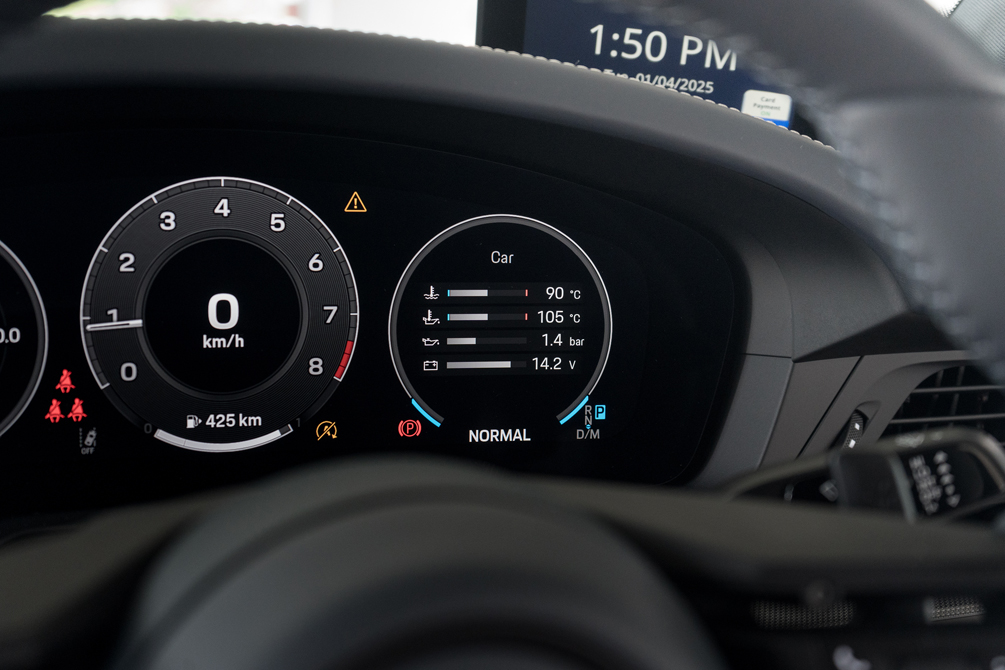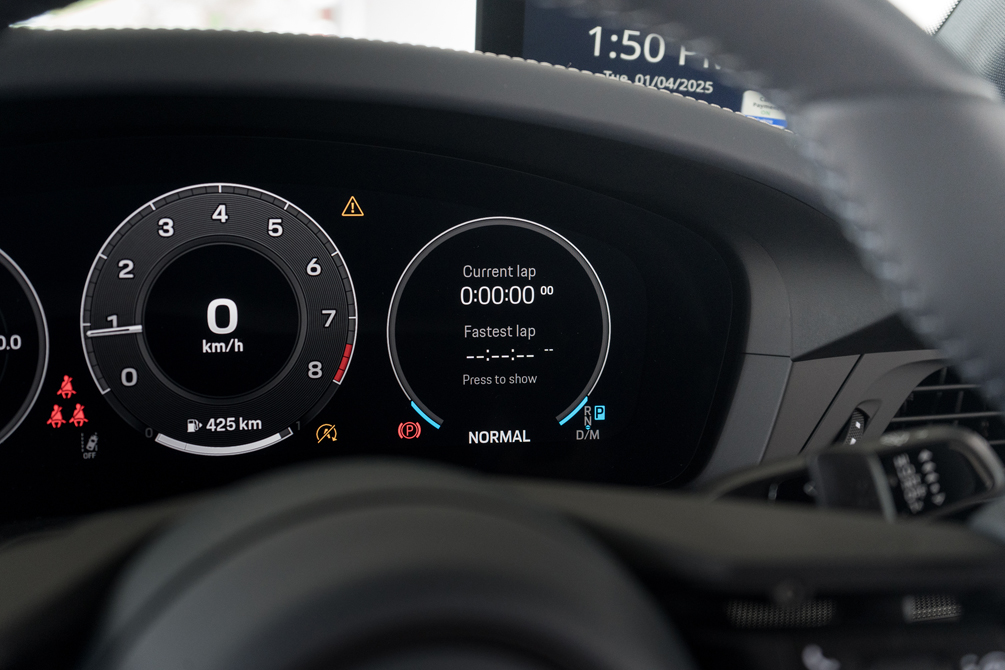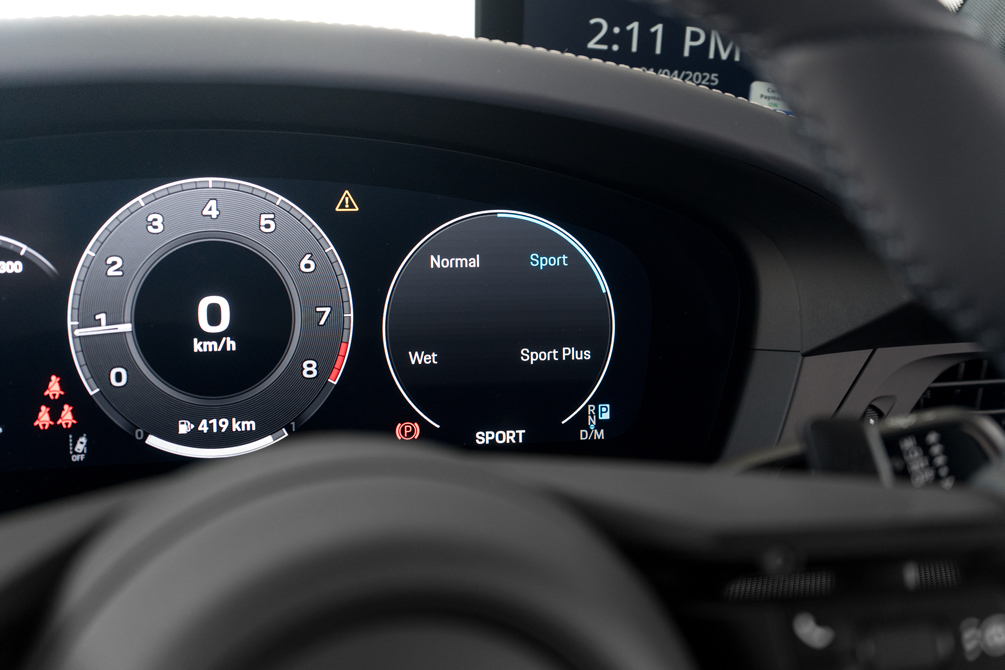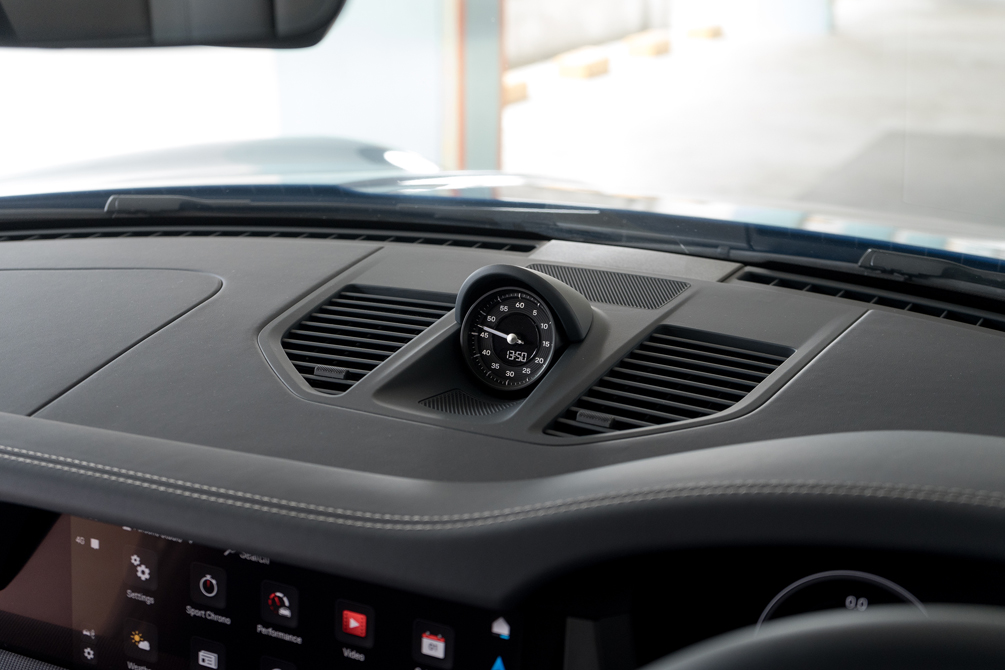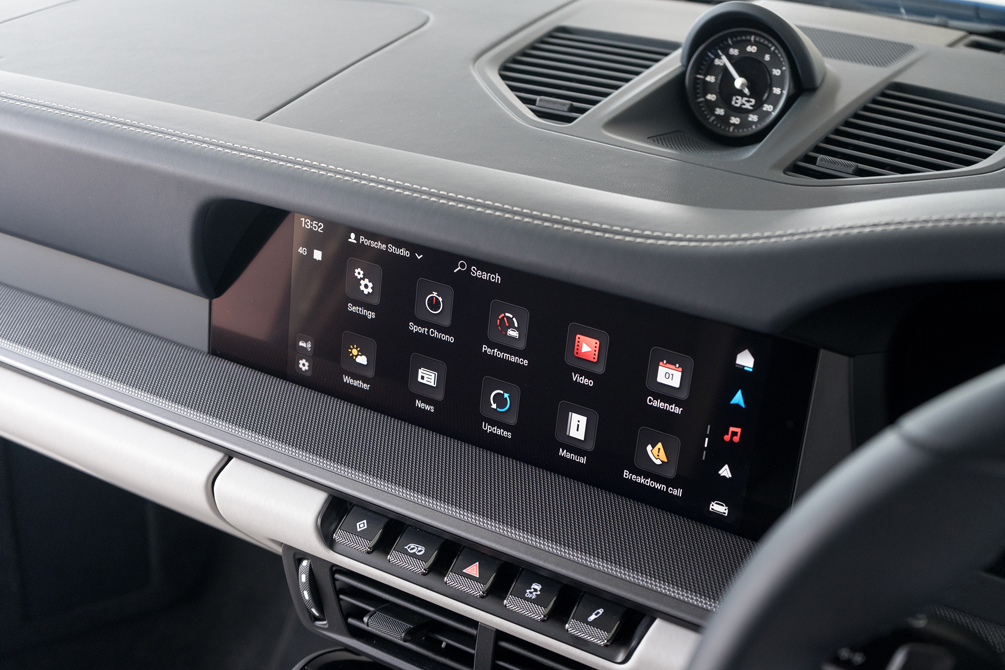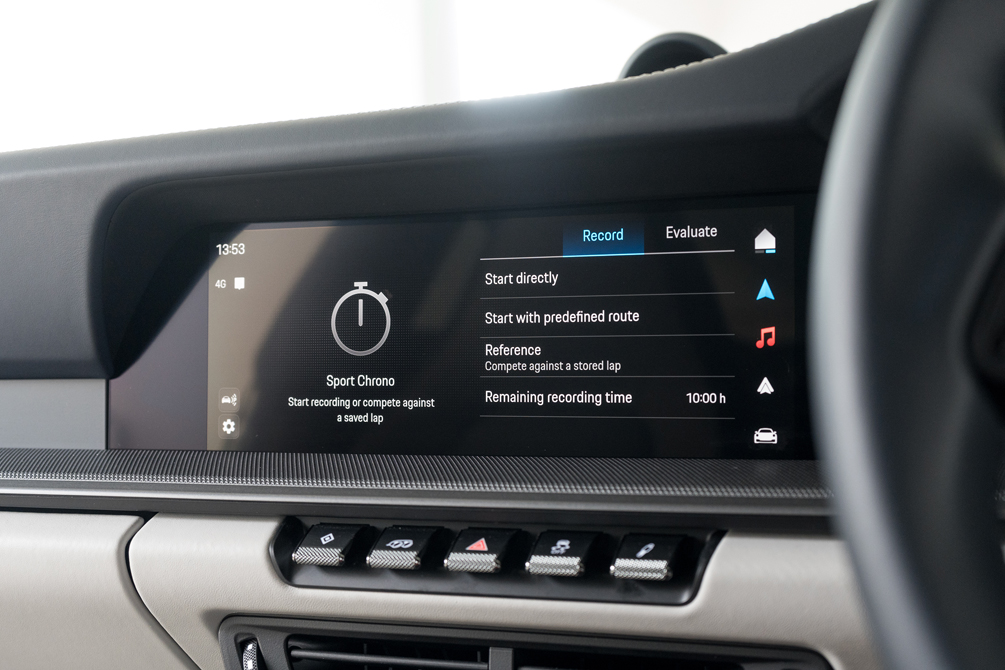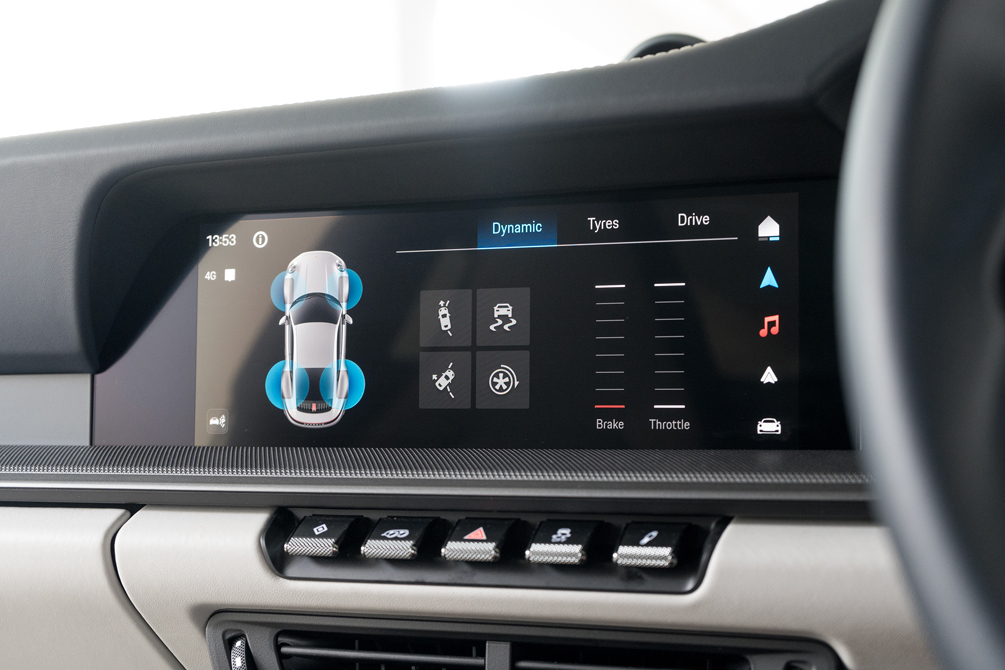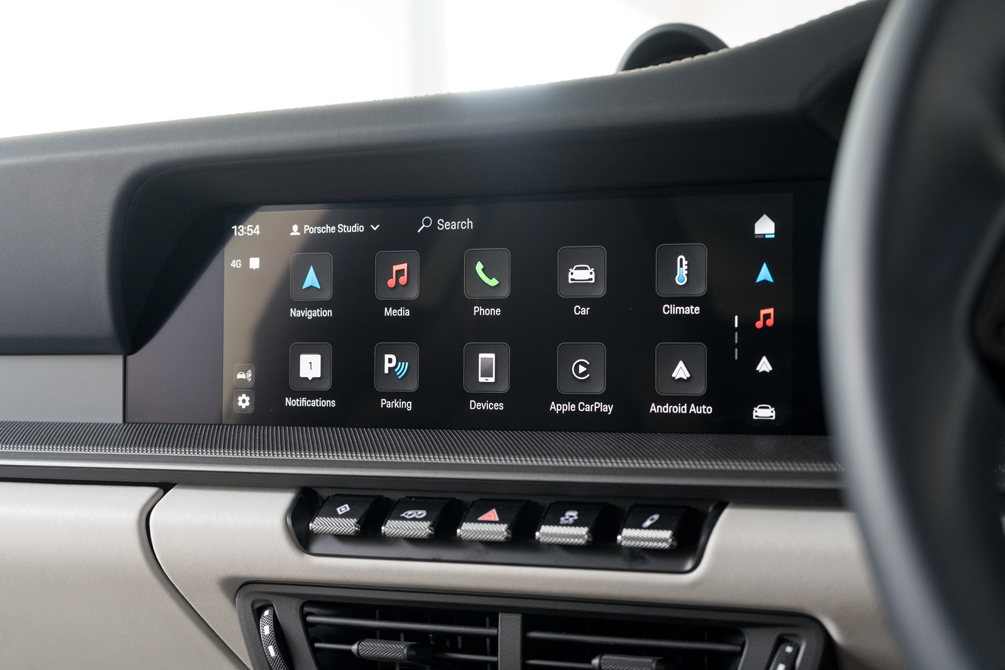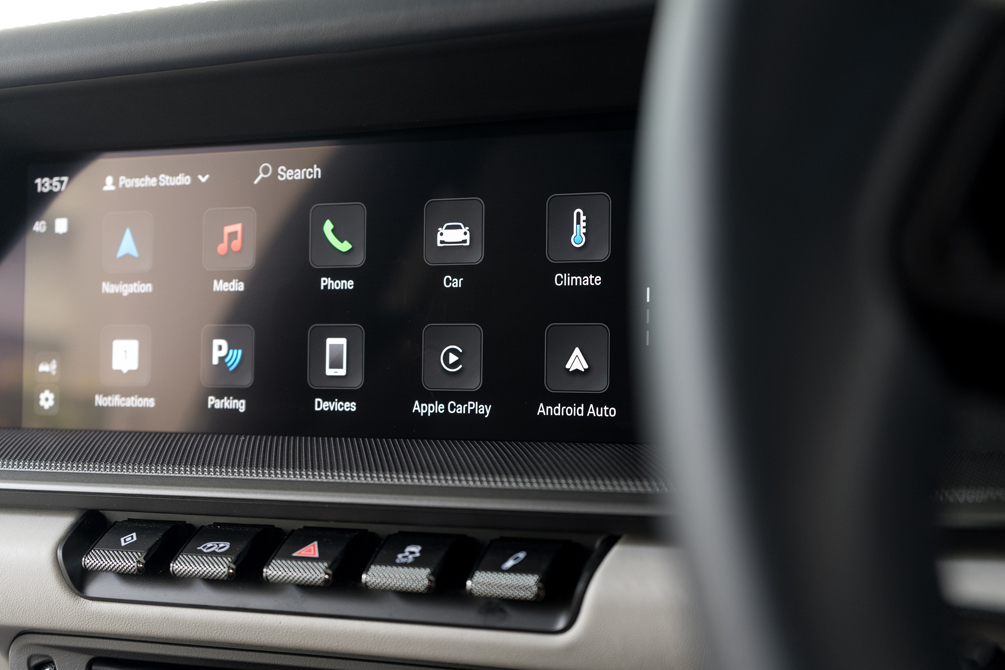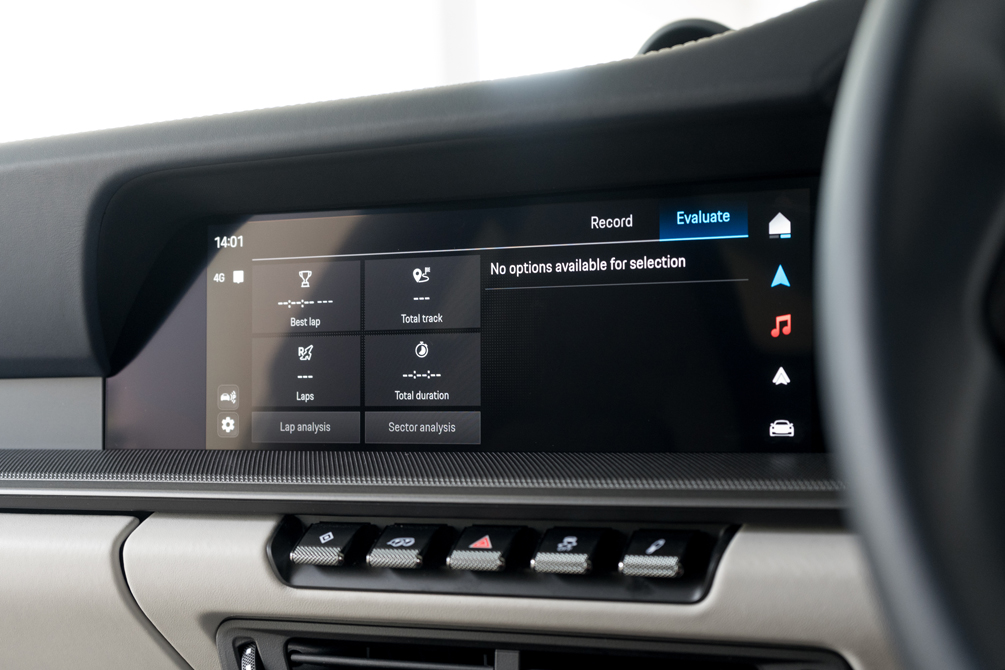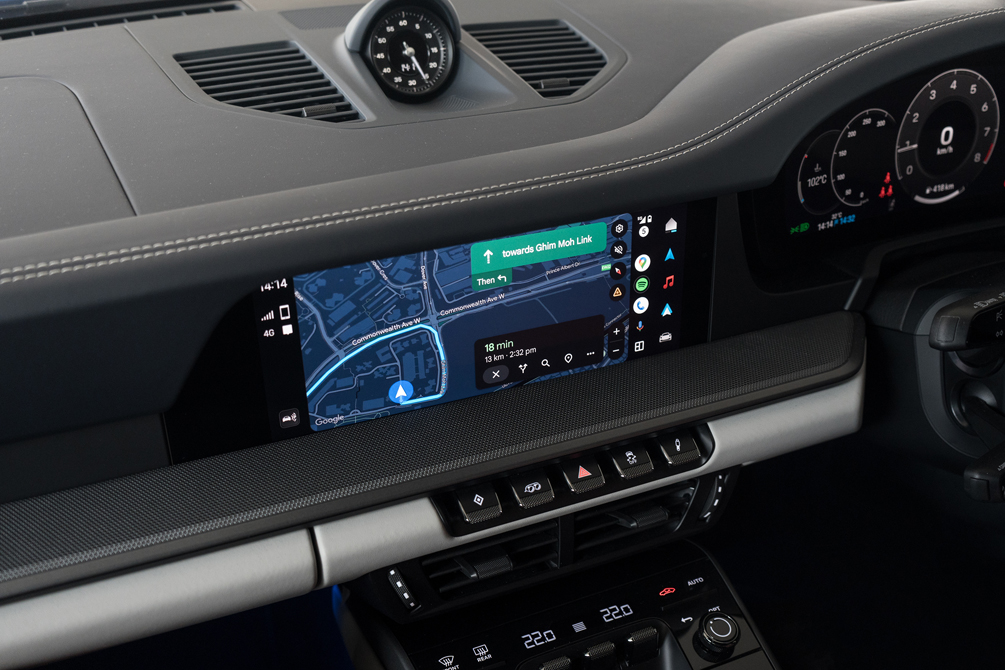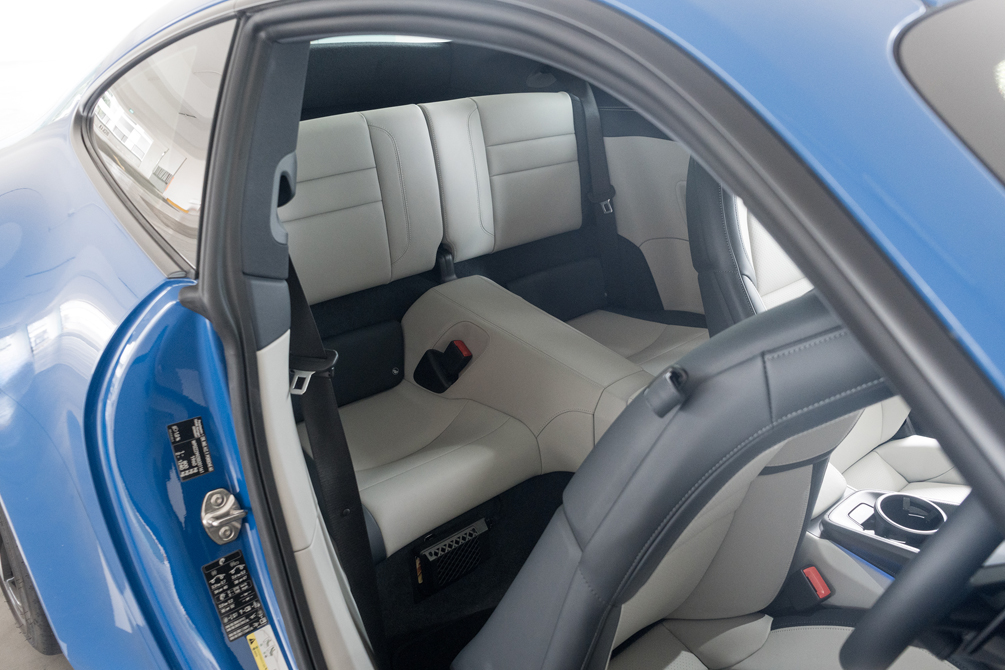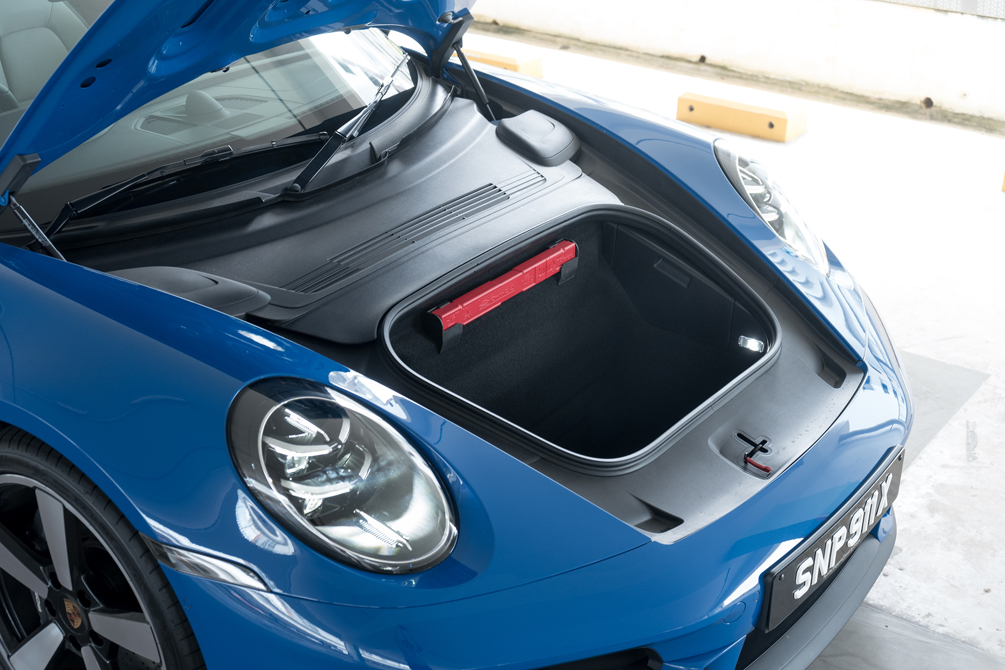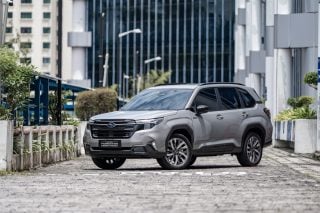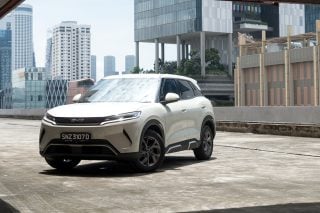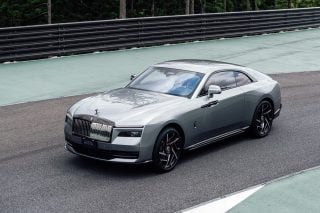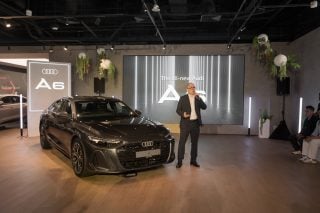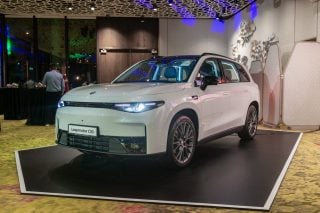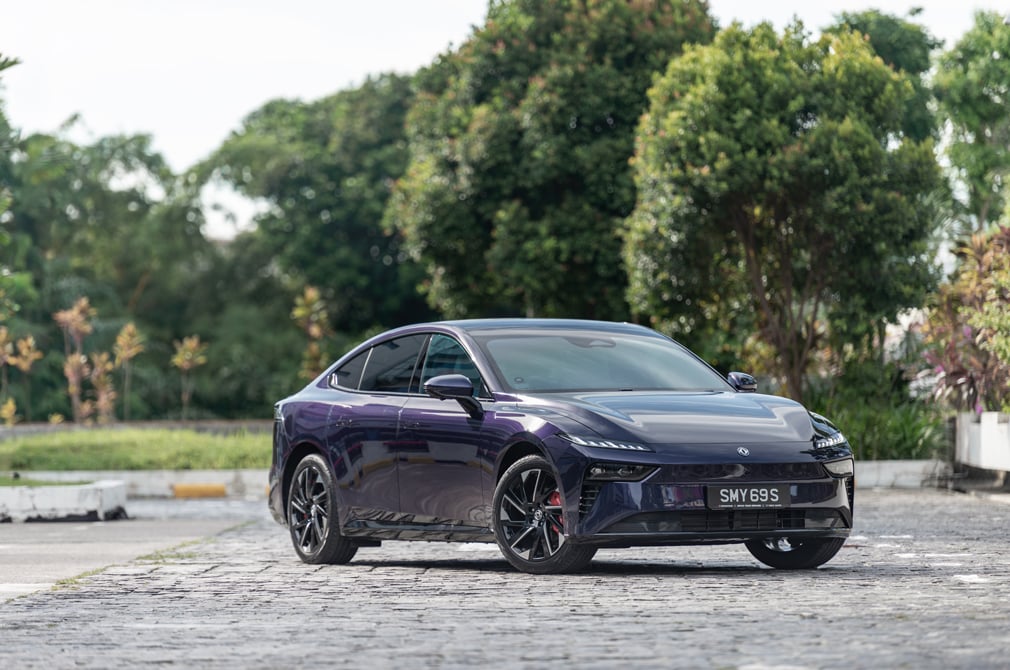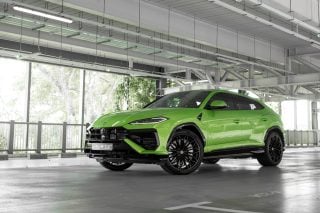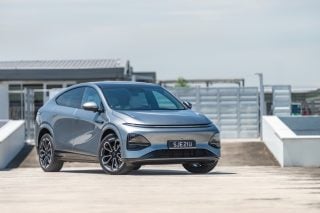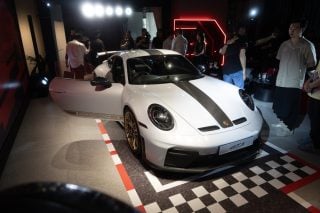You always know exactly what to expect as you approach a new 911, key in hand. Yet somehow, every time, the sheer transparent purity of its driving experience is still a surprise. Contrasted with the digital, synthesised sensations proffered by almost every other new car, including, sadly, many supercars, the analogue involvement you get at the helm of a 911 is a revelation.
And so it is with the latest iteration of the iconic 911. Codenamed 992.2, it is at first glance near-indistinguishable from the 992.1 that has been with us since 2019. But it’s the kind of subtle makeover that says, “I’ve had work done,” but only to those who know where to look.

Absolute pedants may notice that the front indicators have now migrated from the bumper and are integrated into the Matrix LED headlamp units with their four-point lighting signature, freeing up space for larger, more voracious front air intakes.
At the back there is a subtly resculpted bumper and a restyled grille above the retractable rear spoiler. The rear light bar is now thicker so that it forms a continuous rump-wide strip with the tail lamps, visually broadening that already bootylicious rear end.
Inside, the changes are similarly blink-and-you’ll-miss-them. The handsome fascia and general layout remain unaltered, cabin materials are of impeccable quality and feel expensive and tactile, but without avoid tripping into ostentation.
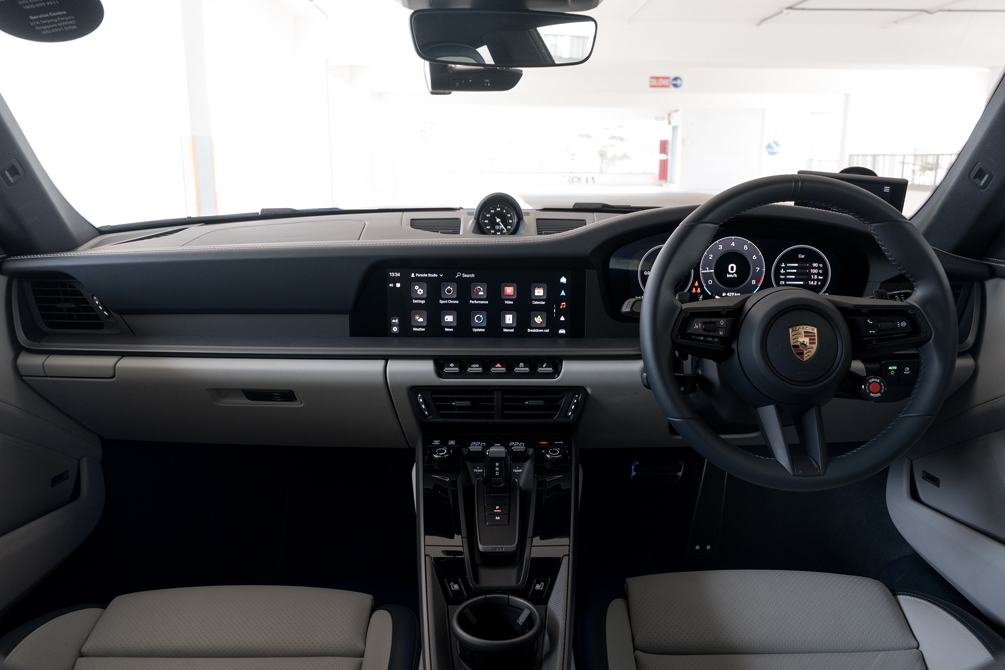
That low-slung seating position is just perfect, with pedals and wheel falling ideally into place. All-round visibility is good too, the ample glass area and relatively upright windscreen of the 911’s trademark shape paying dividends in this regard.
Standard equipment levels have improved, with speed-sensitive power steering, 14-way adjustable memory seats, a Bose surround sound system, a smartphone tray with wireless charging, and keyless entry all part of the deal.
But where Porsche giveth, it also taketh away. Perhaps the most controversial change inside is the loss of the familiar and much-loved physical rev-counter dial in the instrument display. In its place is a curved, fully digital 12.6-inch, 7-way configurable screen. Still, the screen is intuitive to use and its graphics are beautifully crisp, and in any case that central rev-counter can be digitally reproduced in some of the screen’s display modes, so you do get the best of both worlds.
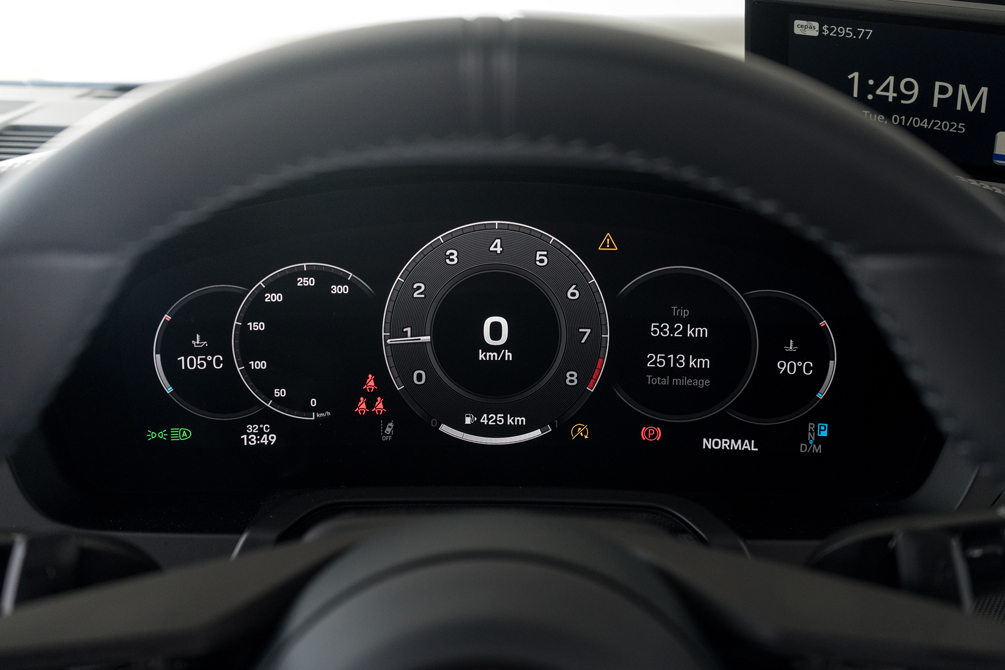
There is also, for the first time on a 911, a push button starter replacing the time-honoured built-in twist “key” to the right of the steering column. Given that that twist key was in reality just a switch, this change merely amounts to replacing one type of switch with another, and should be no big deal unless you’re the type that still mourns the loss of the rotary-dial telephone.
And when you do thumb that starter button, the unmistakeable, off-beat chunter of the rear-mounted flat-6 fills the cabin. It’s arguably one of the most characterful engine voices in any current car and remains one of the key elements in the 911’s enduring charm.
On this Carrera, the entry-level (if that word can be applied to any Porsche) of the 992.2 range, there’s only a small power bump to 389hp (just 9hp up from the 992.1 Carrera), courtesy of new turbochargers borrowed from the 992.1 GTS and the intercooler from the 992.1 Turbo, while peak torque remains at 450Nm.
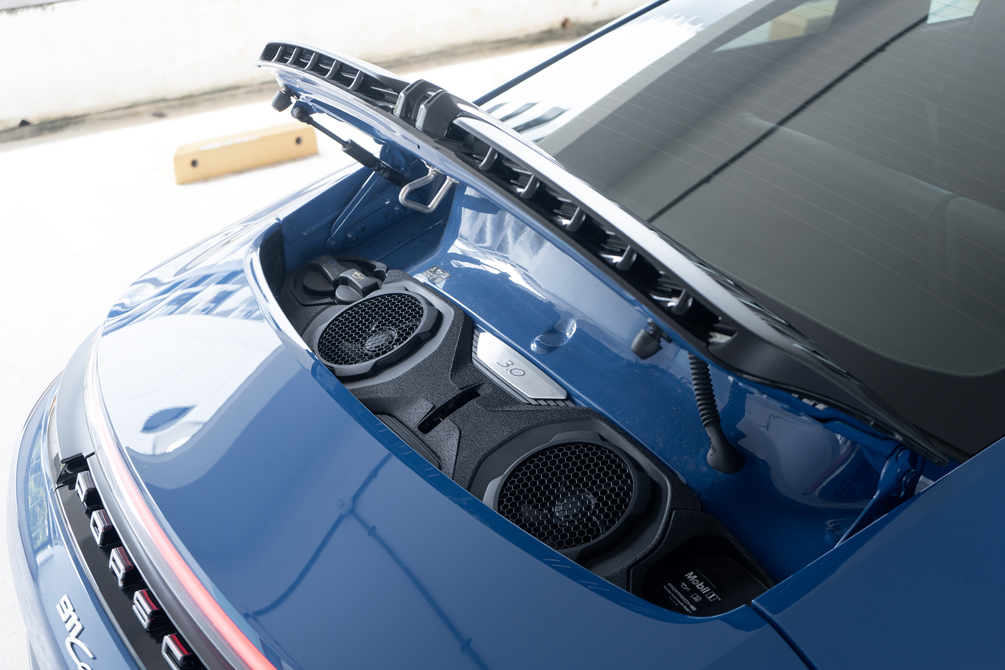
Still, it’s enough to shave 0.1 seconds off the century sprint time (now down to 4.1 seconds, or a thumping 3.9 seconds if you’ve specced the optional Sport Chrono Package with its optimised launch control software), while top speed nudges upwards by 1 km/h to 294 km/h.
To drive, the new turbos and tweaks to the driveline and throttle mapping do make the car feel more alert and eager, even if the stopwatch barely notices. In typical Porsche fashion it’s the kind of evolution you feel in your fingertips and spine, not just in the spec sheet.
There’s ample urge right from the off, but unlike instant-gratification EVs which play their full hand right away and thereafter offer nothing further to hold your attention, the Porsche’s muscular initial delivery is just a prelude to even more ballistic shove as the engine howls through its mid-range and homes in on its wailing 7500rpm redline before you punch in the next gear on the brilliant 8-speed PDK box and repeat the process.
So good is this gearbox that you don’t lament the absence of a manual option on the Carrera; but for the absolute purist, you can still choose the lighter, more hardcore Carrera T with its standard 6-speed stick-shift.
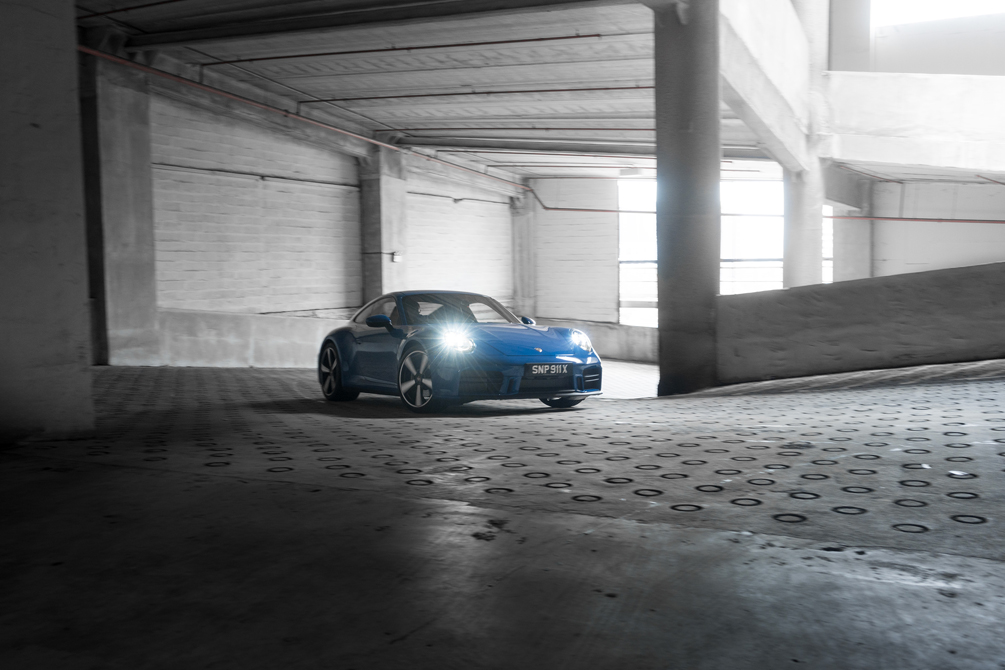
If anything the 3-litre flat-6 engine feels even mightier than its quoted output would suggest; a power number starting with ‘4’ would be entirely believable. To experience the soundtrack and acceleration building together in manic sync as the tacho needle sweeps round the (digital) dial, remains a thrill that no thousand-horsepower EV can hope to replicate.
On the move the steering is just lovely. The perfectly round, thin-rimmed wheel falls ideally to hand, and swivelling it for the first time reveals deliciously well-judged weighting, a near-absence of slack, and precise response from the front wheels. Speed up, and the messages come chattering through the leather rim, relaying a constant stream of detail about grip levels, camber changes and surface textures.
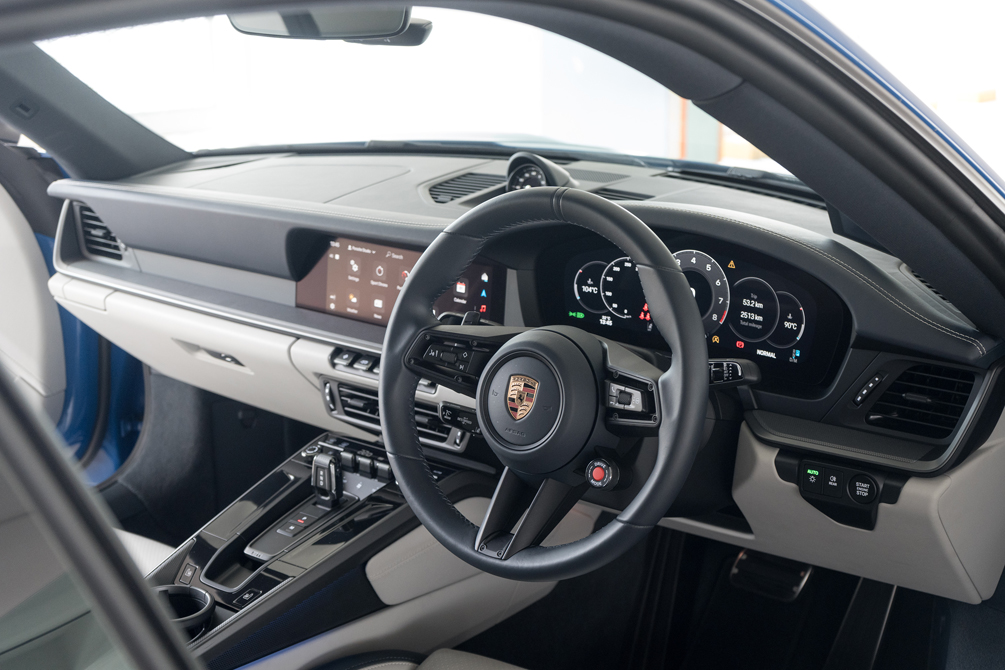
And that wheel conducts a chassis of utter brilliance, honed and perfected as it has been over 8 generations of this Stuttgart masterpiece. The ride is taut yet never brittle, even over the pockmarked urban tarmac that seemingly makes up the bulk of our roads.
But find some emptier, faster backroads and the car absolutely dances from bend to bend, that trademark rear-engined weight bias still noticeable on tighter turns. But rather than being something to tiptoe around and manage, it’s in fact a handling trait to exploit. With that extra rear-end squat, you can really lean on the chassis and pour on the power so much earlier through a bend, confident in the almost undefeatable traction of those back wheels.
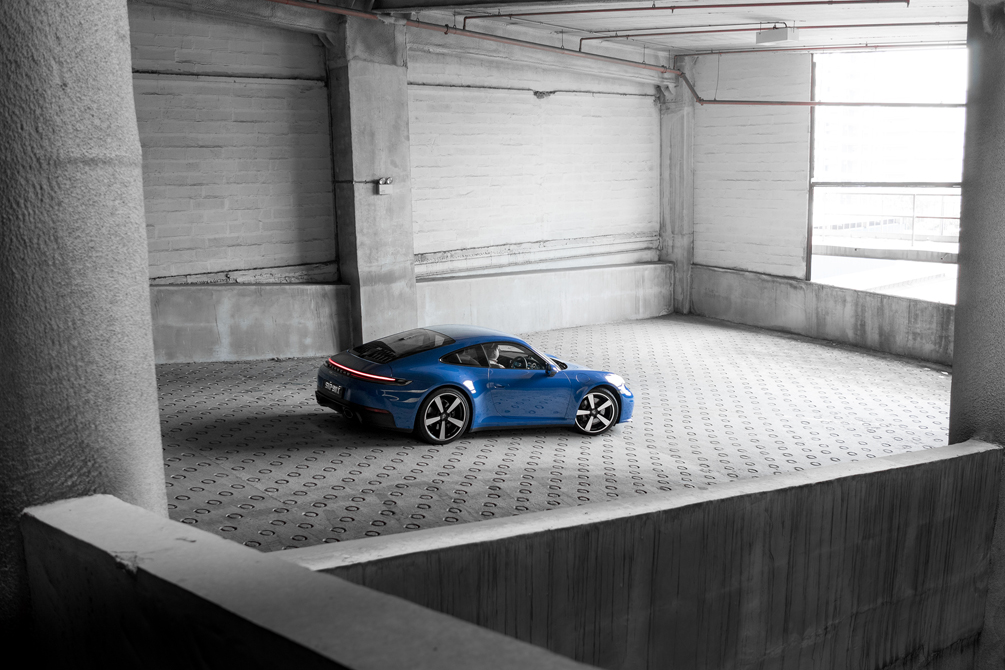
In the meantime the chassis is just caressing the road surface, soaking up bumps effortlessly, reining in stray body movements while also keeping a check on body roll. So well-judged and composed is the standard damper setting that Sport mode is almost redundant, the default mode already all that you need over even the most snaking, undulating tarmac.
Porsche has yet again done the impossible – improving on what we already thought perfect.
Porsche 911 Carrera (992.2) 3.0 (A)
ENGINE 2981cc, 24-valves, flat-6, turbocharged
MAX POWER 389hp at 7500rpm
MAX TORQUE 450Nm at 6500rpm
POWER TO WEIGHT 255.9hp per tonne
GEARBOX 8-speed dual-clutch with manual select
0-100KM/H 3.9 seconds
TOP SPEED 294km/h
CONSUMPTION 9.4-9.9km/L (combined)
PRICE EXCL. COE From $576,588
AGENT Porsche Singapore

